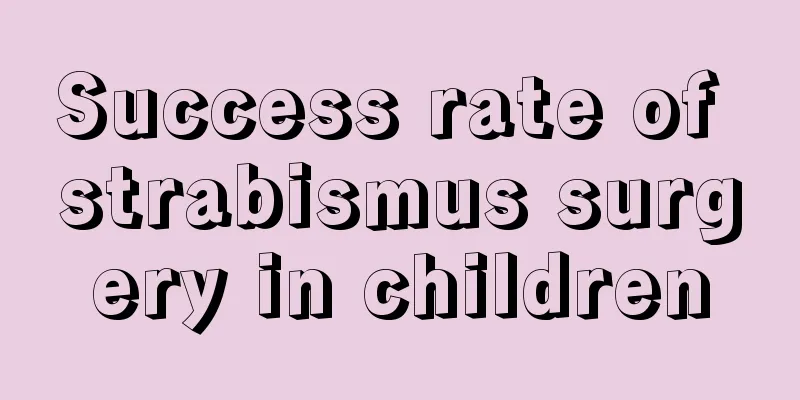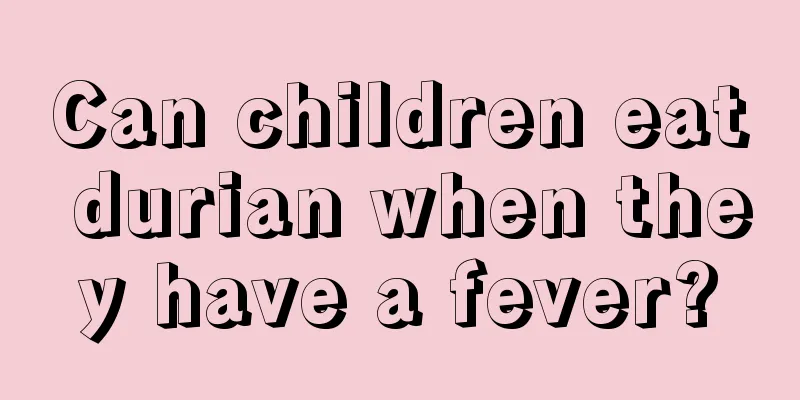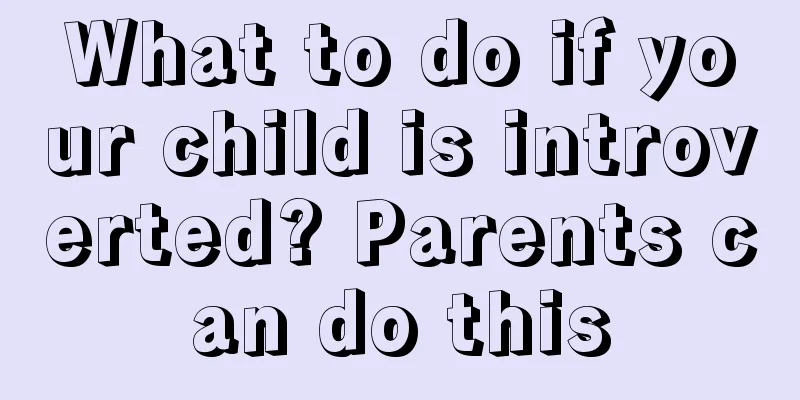Success rate of strabismus surgery in children

|
If you feel that the other person cannot look you in the eye when you are talking to him/her, and if you feel that he/she is looking at someone else even though he/she is clearly looking at you, this is strabismus. There are many types of strabismus, including esotropia, exotropia, and vertical strabismus. If strabismus occurs in children, it can be treated through minimally invasive surgery with a very high success rate, and the younger the child, the higher the success rate. If the best time for treatment is delayed, it is likely to affect the child's self-confidence and appearance in adulthood. The dangers of strabismus Since the harm caused by strabismus is a long-term gradual process, the strabismus of children will not affect their life and study too much at the beginning, so many parents of children with strabismus think that strabismus will just make their appearance ugly, and all problems will be solved by cosmetic surgery when they grow up. In this regard, some experts warned: "This view is very harmful. In addition to correcting the eye position and improving the appearance, the more important treatment of strabismus is functional treatment, including amblyopia treatment and the restoration of binocular normal vision function." It is also pointed out that the treatment of strabismus has very strict time requirements. During childhood, the visual system is in a period of vigorous growth and development and has plasticity. The younger the age, the greater the plasticity, and the better the treatment effect. It is difficult to restore the normal function of the strabismus if treatment is carried out after the development period ends, and the only way to achieve improvement in appearance is to perform corrective surgery alone. Generally, the cure rate can be as high as over 80% within 6 years of age. The treatment effect will be significantly reduced with the increase of age. Many children regret the delay in treatment for the rest of their lives. Strabismus treatment Methods for correcting strabismus can be divided into surgical and non-surgical treatments. Personalized treatment is adopted according to the different types of strabismus, including refractive error correction, amblyopia treatment, binocular single vision function training and eye position correction surgery. According to Director Wang Ping, a strabismus and amblyopia expert at New Vision Eye Hospital, not all strabismus require surgery. Accommodative esotropia, which is completely caused by excessive accommodation and excessive convergence of the hyperopic eye, can be corrected by wearing glasses, while other types of strabismus can be corrected through safe and simple minimally invasive surgery. 1. Non-surgical treatment: (different treatment methods should be selected according to different types of strabismus) 1. Treatment of heterophoria can be achieved through correction by orthographic training and prism therapy. 2. Concomitant esotropia can be treated by wearing glasses, orthoptic training, and active amblyopia treatment to improve vision. If orthoptic training cannot correct esotropia, surgical treatment is required. 3. Concomitant exotropia can be treated with minimal-power prisms and orthoptic training, but constant exotropia generally requires surgical treatment. 2. Surgical treatment - minimally invasive correction surgery for strabismus When to treat strabismus It depends on the type of strabismus, the condition of both eyes and the time of onset. ① Congenital strabismus requires surgery as early as possible, and surgery within 6-18 months after birth is best for establishing binocular vision function. ② For monocular esotropia or strabismus accompanied by amblyopia, treat the amblyopia first, and then proceed to surgery after the binocular vision is balanced. ③ For strabismus of small degrees, intermittent strabismus, and strabismus of children with unstable strabismus angles, closely observe the changes in the pattern before determining surgery. ④ Strabismus that develops after the age of 2 should be operated on between the ages of 3 and 6. |
<<: What to do if the baby is overfed
>>: What to do if your child stutters
Recommend
What to do if a 3-year-old child has a stuffy nose?
Any family attaches great importance to the upbri...
What should I do if my five-year-old baby has tooth decay?
It is very troublesome when a child has tooth dec...
How to make nutritious porridge for children
Babies drink breast milk or formula when they are...
Why does my baby always kick the quilt at night?
Everyone has their own sleeping habits, such as w...
Why does the child keep scratching his head?
We all know that the younger the children are, th...
Reasons why one-year-old babies cannot crawl
The baby is one year old, but still can't cra...
What are some quick ways to reduce jaundice in babies?
In the period immediately after birth, babies'...
What to do if your child has a urinary tract infection
Urinary tract infection is a common disease in ch...
What to do if baby's face peels
Peeling of the baby's face is a common phenom...
Baby sweats on back when sleeping at night
New mothers will encounter this problem. Babies s...
How to relieve constipation in infants and young children?
Many people think that constipation only occurs i...
What to do if children can't sleep at night
Everyone knows that some babies are very energeti...
Causes of syncope in children
Many people have experienced dizziness after stan...
Can children eat peaches when they have a fever?
When babies have a fever, try not to let them eat...
Are giant babies less intelligent?
Basically all parents hope that their babies will...









